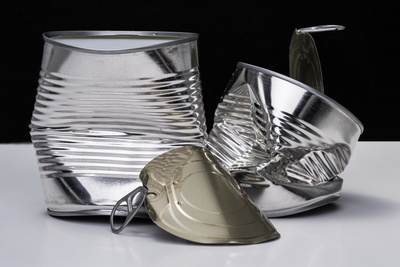Co-founder and CEO of Icelandic aluminium analysis pioneer DTE, Karl Ágúst Matthíasson, has unveiled his predictions for the aluminium landscape in the coming year. An engineer and businessman committed to transforming the aluminium production process, Karl foresees rising demand for aluminium in the face of growing cost and energy challenges and the incorporation of new technologies into the production process to meet the demand.
Europe to face shortages of aluminium
In recent years, high energy prices have caused European aluminium producers to cut their production for several years, a problem exacerbated by energy supply disruptions resulting from the Russian invasion of Ukraine. According to analysis by the International Aluminium Institute, European aluminium production declined by 3.95% in 2023 to 6.73m tonnes.
Production of aluminium takes a huge amount of energy, with the molten metal having to be kept in the region of 700℃ for an extended period. With energy prices unlikely to come down any time soon, the disruption to Europe’s domestic production of aluminium seems likely to continue.
Europe may seek to offset the decline in domestic production by increasing the already-large amount of aluminium it imports from places such as China. However, with key global trading routes passing through multiple potential flashpoints including the Red Sea and South China Sea, the potential for further disruption to European supply chains, including aluminium, in the form of longer shipping times and higher freight costs remains very real.
Tighter scrap aluminium availability
Several factors are currently converging to increase demand for scrap aluminium. As demand for the metal rises, supplies of primary aluminium are becoming more squeezed while high energy prices make new aluminium more expensive to produce. In addition, emissions targets set by governments or demanded by consumers will continue to encourage producers to seek ways to decarbonise.
To try and offset these hurdles, the aluminium industry will turn more aggressively to secondary (scrap) metal as an alternative source, which uses 95% less energy than primary aluminium.
With aluminium already being recycled at a rate of around 76%, according to the International Aluminium Institute, we can expect to see buyers in Europe and North America having to compete more forcefully with buyers in Asia for the available supplies. Producers can respond by improving recovery techniques to ensure the maximum possible amount of the metal can be returned into circulation.
Increased the demand for low-carbon aluminium
According to the Aluminium Stewardship Initiative, the aluminium industry must reduce its emissions by more than 95% by 2050 to reach its 1.5℃ goals. For this ambitious goal to be achieved, what is now known as low carbon aluminium must become the norm.
Emissions targets are already front and centre in producers’ minds and to meet them, they are already planning ways to improve their production of low-carbon aluminium, either through recycling or by sourcing the energy their facilities consume from low-carbon sources. Major producers such as Emirates Global Aluminium are focusing on meeting the growing global demand for low-carbon aluminium and can expect to do so for the foreseeable future.
High energy prices and growing demand for low carbon aluminium will lead producers to seek energy savings through the adoption of new technologies. Real-time composition analysis, offers significant energy savings to producers looking to reduce their consumption, by cutting the amount of time the aluminium needs to spend molten and reducing the chances of needing an energy-intensive remelt.








